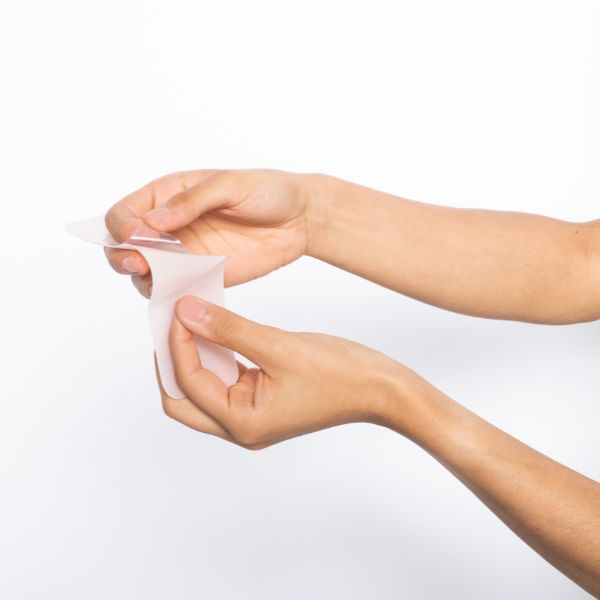How are DermaSilk briefs different from other underwear?

We’ve heard it all, from articles telling us to ‘go commando’, to why cotton knickers are the secret to vaginal health, but what are the pros and cons of these many options, and what types of underwear should we definitely be avoiding?
How can underwear affect vulval or vaginal health?
Certain underwear materials can create a damp environment, exacerbating conditions such as thrush, lichen sclerosis and vulvodynia. Breathability is really important, however, so is thoroughly washing underwear after every wear. Bacteria and fungi that live happily on all of our skin can survive on fabrics, even after normal washing machine washing, leading to recurring irritation, chafing, rashes, and infection. That's not to say that you'll definitely get an infection if you wear underwear made of these materials, but there are fabrics that are airier and will make your vagina much, much happier and cut down on your risk.
Let’s explore the options:
Polyster
Pros
Stretch: Polyester is durable and stretchy making it a comfortable choice for exercise.
Absorbency: Polyester absorbs moisture while remaining dry unlike some other fabrics.
Colour fast: Polyester won’t fade in the wash.
Cons
Irritating: Polyester can irritate the delicate skin around the vulva in those with allergies or sensitivities.
Not breathable: Depending on how polyester is knitted together to create your underwear, it may or may not be breathable. This information is often not passed on to the consumer, so it may be safer to avoid the fabric altogether!
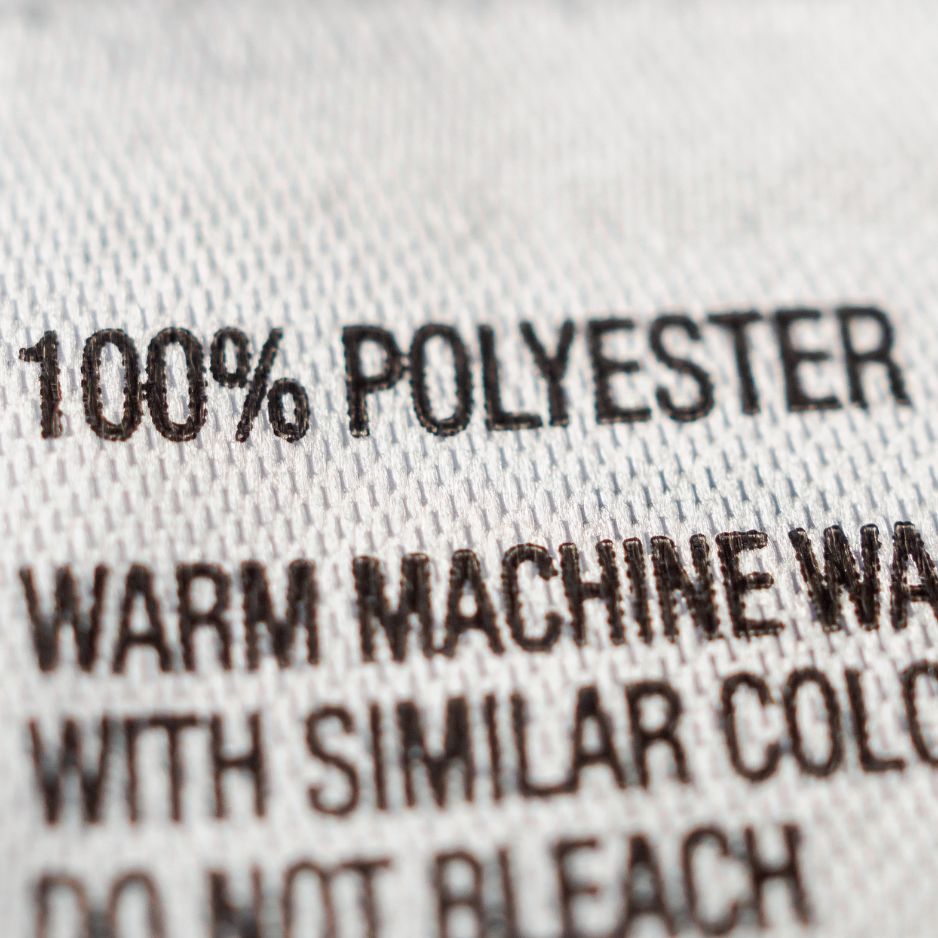

Cotton
Pros
Breathable: Underwear that isn’t breathable will trap heat, promoting a warm moist environment.
Absorbency: Cotton is recommended by health professionals as one of the best underwear for women’s health because it can absorb up to 25 percent of its weight in moisture.
Widely available: Cotton underwear is a great option for every budget and is widely available from most high street retailers.
Cons
(Contrary to popular belief, cotton does offer a few drawbacks!)
Stretch: Pure cotton provides absolutely no amount of stretch which can be very uncomfortable. Added elastic that comes in contact with the skin may cause sensitivity and affect the breathability of the fabric.
Absorbency: Yep! Cotton’s highly absorbent nature is both a pro and a con. The build-up of moisture absorbed by cotton underwear creates the damp environment we’re trying to avoid.
Threads: Cotton has very short fibres that, when moist, twist and contract, causing irritation.
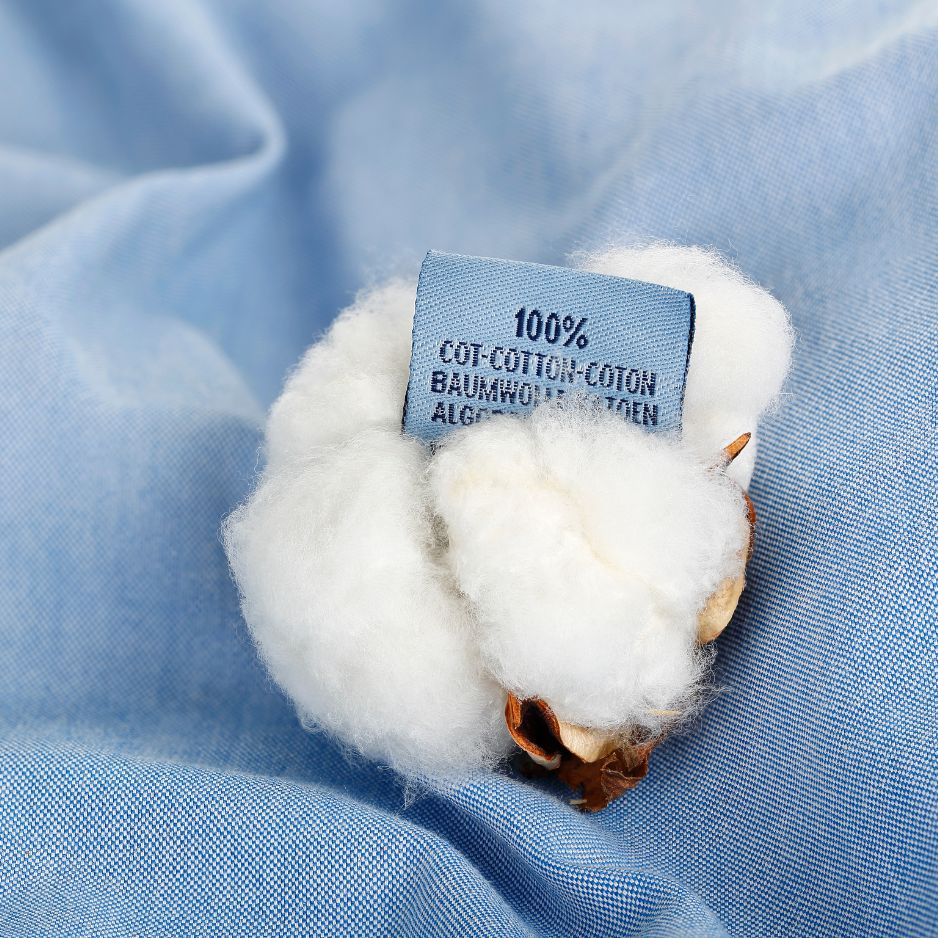

Nylon
Pros
Absorbent: Another fabric falling into the ‘absorbent’ column! We love to see it!
Cons
Uncomfortable: Nylon doesn’t move well causing it to ride up and shift as we move and can cling to the body when moisture is present.
Not breathable: This fabric holds heat, creating a warm damp environment.


Viscose
Pros
Soft: Viscose is made from bamboo, meaning the natural fibres make the fabric very soft.
Fit: The relaxed fit of clothing made from viscose make it ideal for underwear as it allows for some air to move between the material and your skin, helping to keep you cool.
Cons
Poor durability: Viscose can shrink when washed in hot water, it also does not hold it’s shape well.
Wrinkles: Viscose can wrinkle easily meaning it can be uncomfortable when worn directly against sensitive areas of skin.
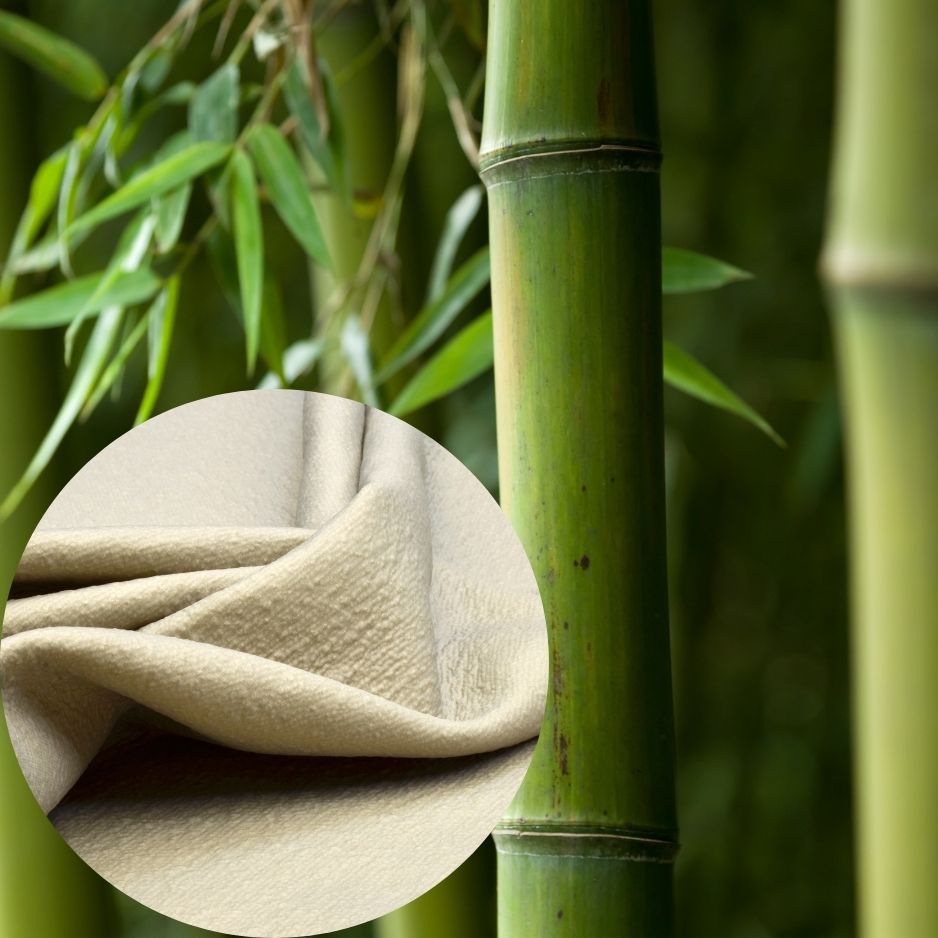

Silk
Pros
Luxurious: Who doesn’t love feeling a bit fancy from time to time?
Hypoallergenic: Silk is very unlikely to cause an allergic reaction because of it’s natural protein structure.
Cons
Delicate: Caring for silk fabrics can be tricky, you need to be careful with silk as it can easily stain, colours can run, and due to its fine nature, can be easily torn.
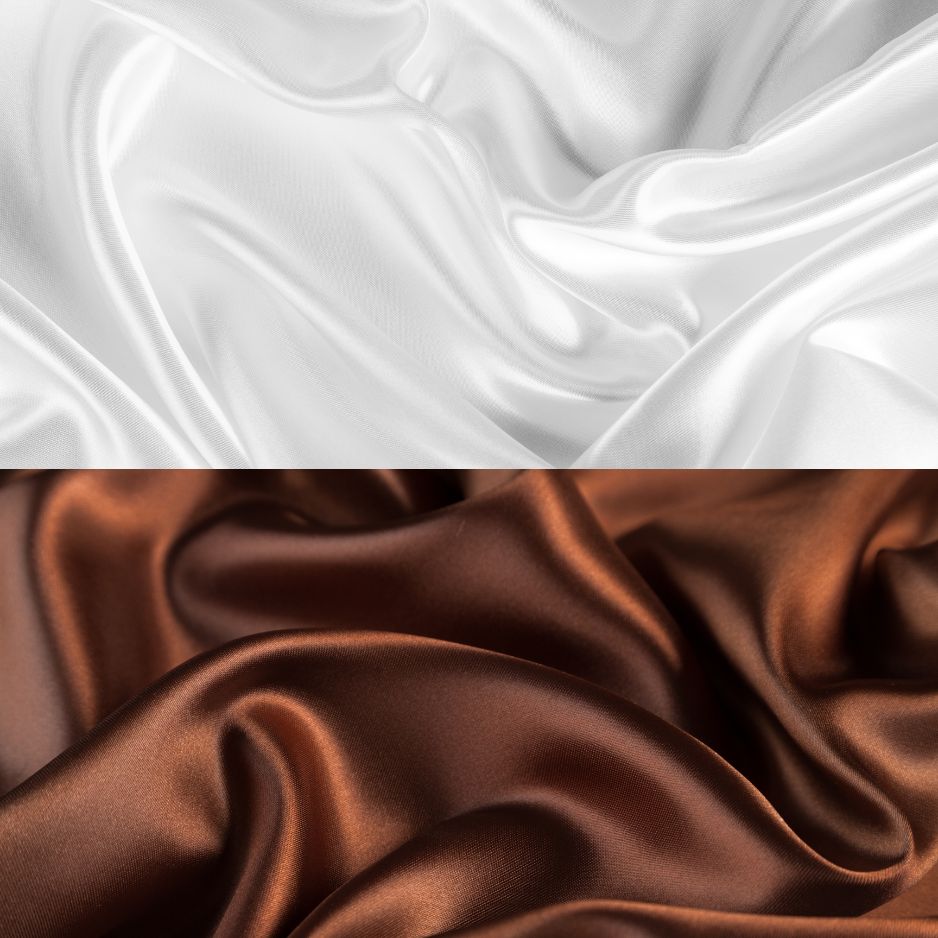

DermaSilk
Pros
Allergy friendly: DermaSilk is very unlikely to cause an allergic reaction because of it’s natural protein structure. In addition, this medical grade fabric is made using sericin-free fibroin with 4% elastane carefully concealed within the skin yarn so that only the silk comes into contact with the skin.
Excellent fit: The seamless design of DermaSilk Intimo makes it ideal for use under close-fitting clothes. Our range fits most figures thanks to the elasticity of the knit and the absence of side seams which allows the garments to stretch comfortably to almost twice their size. Silk underwear also retains its shape very well and resists wrinkling better than most fabrics.
Antimicrobial: Unlike the fabrics we’ve already discussed, DermaSilk contains an antimicrobial which inhibits the growth of bacteria and fungi without altering the natural flora of the skin and mucosa. It acts by attracting organisms to it and physically rupturing the microbes outer cell membrane, destroying it instantly. The antimicrobial cannot be worn off or washed out and remains effective throughout the life of the garment.
Available on prescription: DermaSilk is a Class I Medical Device, meaning that it is approved for prescription in the UK.
Moisture wicking: Helps maintain the natural freshness and humidity of the genital area thanks to its ability to absorb excess moisture. The fabric absorbs up to 30% of its own weight without feeling damp, in this way, it effectively reduces excess heat and humidity.
Cons
Maybe there are some cons to DermaSilk – Please let us know if you find any!


What about when working out?
When you're working out it's fine, and in some individuals even beneficial, to choose underwear made of moisture-wicking materials, but always change your underwear after exercising. The same guidelines apply if your underwear becomes very wet or sweaty for any other reason.
Whatever fabric or style you choose, there are three key rules to live by:
1) Use unscented detergent
It can be tempting to chuck in a load of nice-smelling laundry detergent and fabric softener into your washing.
As scented products can end up irritating the skin, it’s always safest to opt for unscented options.
2) Don’t squeeze into knickers that don’t fit
Underwear that doesn't fit right can be a day-long distraction that may lead to vaginal infections and rashes. Well-fitting underwear should have a waistband and legs that are snug but not binding, a crotch that sits comfortably against your body without clinging and, depending on the style, should cover the buttocks and not ride up at the back.
3) Never re-wear undies
This one may seem like a no-brainer, but everyone has run out of clean knickers at some point in their lives. The general rule of thumb for how often you change your underwear is once per day to avoid a build-up of bacteria, fungi and moisture. Although it might be tempting to turn a pair inside out and use them again, you could be putting your body at risk of infection or skin irritation.
Bottom line: Choose a fabric that keeps you dry and feels good!
To learn more about how DermaSilk can help visit our website today by clicking here.
About the Author

Topics
- Scarban
- Scarban
- Dermasilk
- Eczema
- Alhydran
- Therapeutic clothing
- BAPScarCare
- Sensitive Skin
- Eczema clothing
- Itching
- Varicose eczema
- Dermasilk wash and care instructions
- Jock itch
- Menopause
- Chemotherapy
- Clinical studies
- Size guide
- DermaTherapy bedding
- Night sweats
- Bedsores
- Insomnia
- Night Terrors
- Recovery
- Anti-microbial
- Stain-Resistant
- Vulvodynia
- Testimonials
- Eczema in kids
- Instructions for use
- Scar treatment
- Silicone sheet
- Facial scars
- Scars on hand
- Scar on finger
- Eczema
- SPF
- Eczema creams and lotions
- ALHYDRAN Special Care
- Warts in children
Tags












